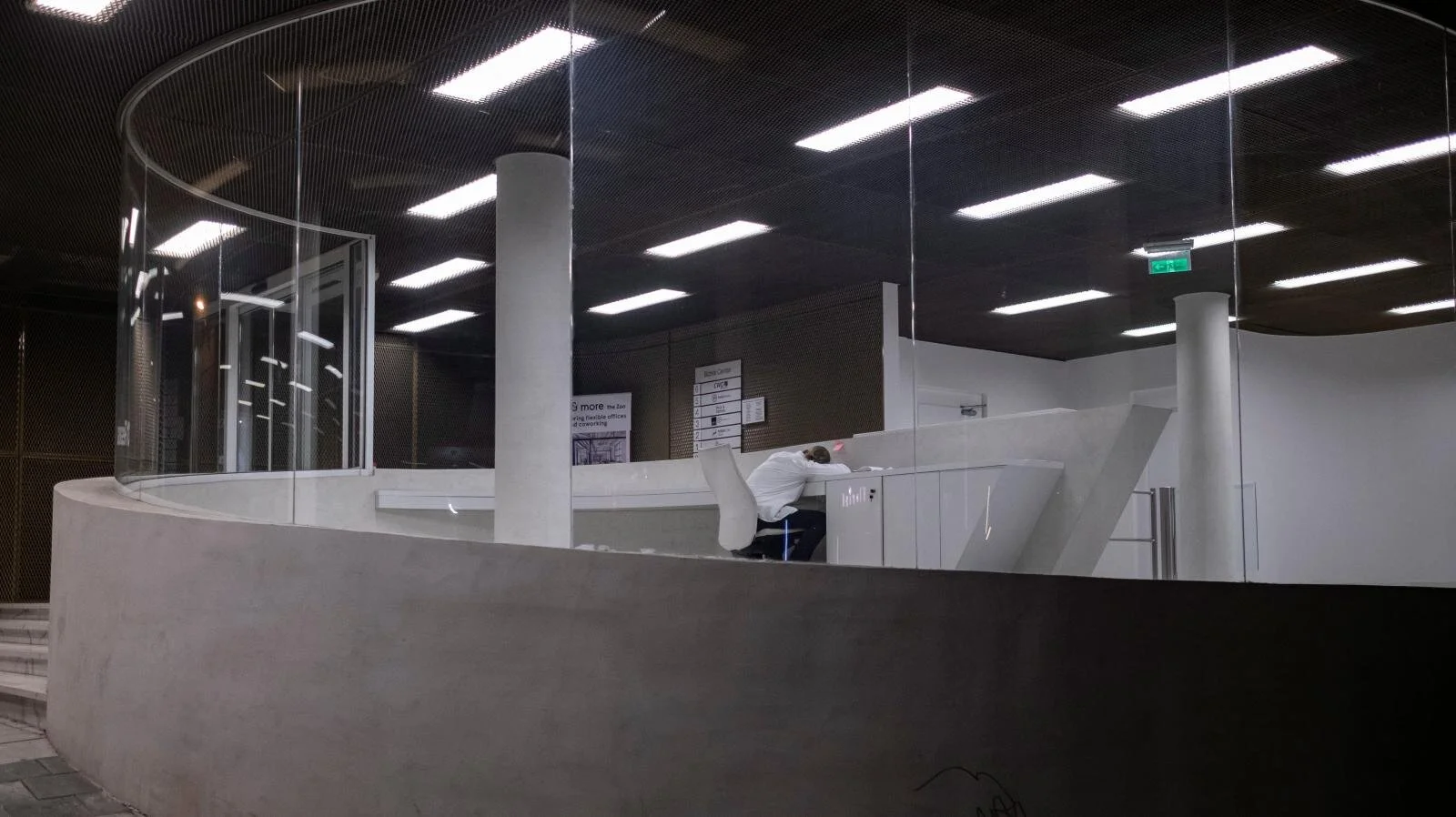We are now deep enough into the work-from-home experiment that, beyond speculation, we have data about what happens when we work remotely en masse — what we gain and what we lose when we are out of the office.
Post-COVID, a move from co-working to pro-working
Since the start of the pandemic, there’s been as much debate about whether we’ll return to offices—let alone what that return will look like when we do return.
Return to work offers us a unique opportunity to change everything
The way we worked before covid was fundamentally broken; our wellbeing, our climate and our business efficiency.
Drywall? Dry Furniture Takes On the Issue of Affordable Furniture
What if we used more affordable, readily available materials in the construction of furniture? Drywall? Dry furniture. takes the common construction material – drywall – and applies it to a a stool, shelving unit, coffee table, and bedside table. Each piece is constructed using just three household tools: a craft knife, a ruler, and a bottle of PVA glue.
What Is The Office For? A Look At The Changing Role Of The Workplace
Companies that use offices as “centres of gravity” and places for connection likely won’t require as much space as before. Their workplaces will become more about human experiences and collaboration rather than square footage.
Hybrid models of work will shift focus from place to purpose
A new report from Poly claims that there is a ‘granular shift’ in focus from place to purpose of work as businesses respond to the COVID-19 crisis, redesign their operations and reinvent the way they work.
Who still needs the office? U.S. companies start cutting space
Corporate America is downsizing its real estate footprint as companies allow more employees to work from home, a growing threat to the bottom line of owners of traditional office buildings and a sign that companies are looking for ways to cut costs as a result of the coronavirus pandemic.
The Future of Work is Human
Do We Really Need The Office?
Adapt or Die: Five Predictions for the Workplace of the Future
We will still be going to the office, but the buildings that we use will be newer and better aligned for social distancing.
The Next Generation of Offices can be Accessed Anywhere
How quickly things can change. Before the pandemic, an explosion of office amenities was being driven by the tech industry, pushing the importance of collaboration and creativity as a source of their competitive advantage.
In a Post-Pandemic World, the Workplace will be More Important than Ever
The pandemic has forced us to rethink the way we work and given us a lesson in what is really important.
Why We Go to the Office Is Changing
Better Together: The Future of Shared Spaces in the Office
Employee safety will be more important than ever in the offices we return to, but so will social connection and collaboration.
Measuring the Fallout of COVID-19 for the Design Industry
Take a look at the first results of ThinkLab’s Industry Impact Survey, which is generating data to help designers and design manufacturers move forward during these challenging times.
How Should Office Buildings Change in a Post-Pandemic World?
The coronavirus pandemic has upended everything, including people’s trust in the places and spaces where we work.
Goodbye to open office spaces? How experts are rethinking the workplace.
The coronavirus pandemic is exacerbating workers’ worries about returning to jobs in these often debated floor plans.
We should be addressing the why of the return to work as much as the how
The debate around the impact of sudden widespread remote working has sometimes been couched in terms of either/or; office versus home.
Will coronavirus bring back the cubicle?
About 70% of US offices are open-plan workspaces, designed to encourage colleagues to bump into each other and share ideas—and, unwittingly, droplets of spit, mucus, and phlegm that can carry pestilential pathogens. Health experts are beginning to suggest that might need to change.
The post-pandemic workplace will hardly look like the one we left behind
Contract tracing apps for co-workers, elevator ‘safe zones,' infrared body temperature scanners — businesses are beginning to re-imagine office spaces after the coronavirus.

























